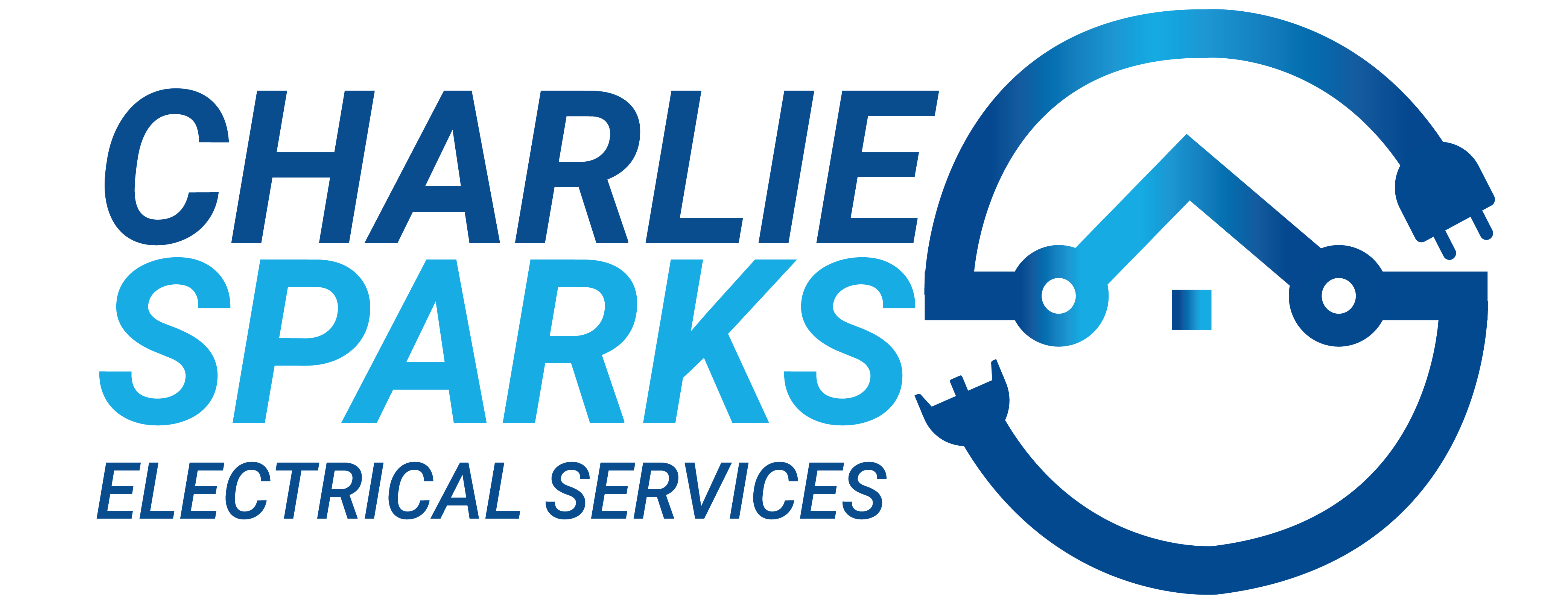As the non-renewable energy sources plummet, more and more people are adapting to renewable alternatives. Rooftop solar power systems have witnessed a record-breaking peak in Australia and continue to do so.
There are many factors that can influence the quality of solar power your house receives, the biggest being the battery type. Lead-acid and Lithium-ion batteries are the leading players in the field, both having their pros and cons.
If you’re confused between these two battery types, you’ve come to the right place. Charlie Sparks has completed more than 250 projects successfully and provides expert and efficient electrical services. The following blog provides a detailed insight into lead-acid batteries vs lithium batteries for solar storage. For more information you feel free to contact us!
Most Significant Differences between Lead-acid and Lithium Batteries for Solar Storage
Duration of a Cycle
The lifespan of a battery is measured in terms of the number of charge cycles it can undergo.
A “charge cycle” refers to the process of draining the battery by consuming its power (to run appliances, etc.) and recharging it. This counts as one charge cycle.
Lithium-ion batteries can run up to 500-5000 cycles while lead-acid batteries often have a potential of 1200 cycles maximum.
Discharge Depth
Be it lithium-ion or lead-acid, any battery should not be completely drained, lest it might be damaged. The percentage of battery that you can consume without negatively impacting the battery itself is termed the depth of discharge.
It is recommended to recharge lead-acid batteries after 50% of their stored energy has been used. On the other hand, lithium-ion batteries have a solid 80-85% of discharge depth.
Efficiency
A battery’s efficiency is how much power is available for you to use after charging.
Let’s say your battery is 60% efficient and a total power of 1000 watts can be stored in it. In such a case, you can use only 600 watts since the remaining 40% (or 400 watts) are lost as heat during the charging process.
Between lead-acid and lithium-ion batteries, the former is less efficient — around 85%. While the latter has a 95% efficiency.
Recycling
Lead-acid batteries can be recycled up to 99%. As a result, most of its constituents can be reused, thus making the production and cost of these batteries cheaper.
Lithium-ion batteries are much more difficult to recycle since they are relatively newer compared to lead-acid batteries which have been functional for decades.
However, seeing the insanely increasing demand for lithium-ion batteries, more companies are stepping forward to enhance their recyclability.
Battery Price
As expected, lithium-ion batteries are highly expensive compared to lead-acids. However, such a striking difference in their prices is equally reasonable.
Lithium-ion batteries are durable and more efficient, thus costing anywhere between $8000 to $30,000 per kWh of storage. However, a lead-acid battery is usually at $800-$2000 per kWh of storage.
Charge Rate
Lead-acid batteries can prove to be a tricky business due to their annoyingly slow charging rate. Thus, they generally have a charge rate of C/5, which means it takes five hours for the battery to refill.
Lithium-ion batteries are far better in this aspect as well. They come with a charge rate of 1-3C and thus can be easily recharged within 20-60 minutes.
Energy Density
Energy density refers to how much space a battery requires to store a particular amount of energy. The higher the energy density, the lesser the space consumption.
A lithium-ion battery offers a much greater energy density (almost 3x) than a lead-acid. For example, to store a “y” amount of energy, you might require either three lead-acid batteries or simply one lithium-ion battery.
Environmental Impact
While lead-acid batteries are 99% recyclable, they are highly toxic and hazardous for workers and users. Their disposal in landfill is not safe and can cause a great negative impact on the environment.
Lithium-ion batteries are free of lead, one of the main components responsible for environmental degradation in lead-acid batteries. As a result, they do not pose a threat and are safe for usage.
Advantages of Lead-acid Batteries
Advantages of Lithium Batteries
Finally, Which Batteries Are Best for Solar Panels?
Lead-acid batteries are recommended for backup systems and minimum usage (like a vacation home, farmhouse, cabin, etc). Plus, if you’re looking for a cheaper installation, they can prove to be a great choice.
However, if you require a battery for full-time or heavy off-the-grid usage, a lithium-ion battery is your best bet. They are lightweight, safer, and can meet your power requirements.
The Charlie Sparks team is here to ensure a delightful experience for our customers. We guarantee 100% satisfaction and will go above and beyond to make sure you are completely satisfied!
We would be delighted to chat about how our services can make your life easier! Reach out to us today and let’s get started!




